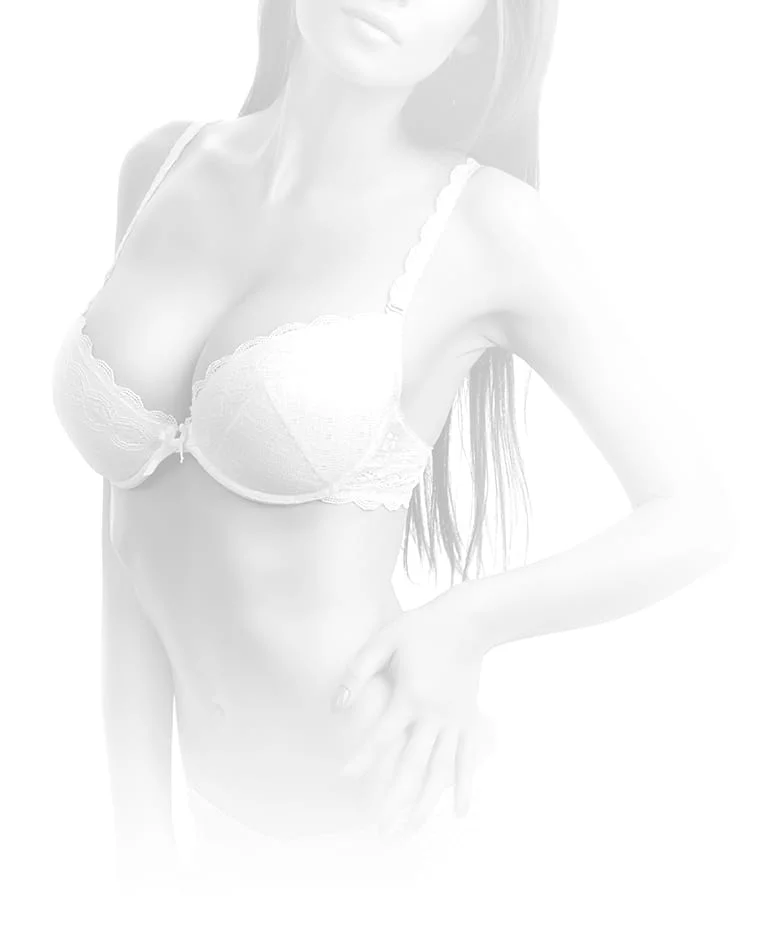Home|Blog | Is a Breast Lift Without Scars Possible?
Is a Breast Lift Without Scars Possible?
 Noticeable scarring following breast lift surgery (mastopexy) is a somewhat common concern for many prospective patients. Unfortunately, some degree of scarring after mastopexy is unavoidable as incisions are required to properly excise skin, reshape and elevate breast tissues for a more youthful appearance. There are a few breast lift techniques that can be selected from, based on your unique needs and desires, which may help to limit the total extent of the incisions and, consequently, the degree of postoperative scars.
Noticeable scarring following breast lift surgery (mastopexy) is a somewhat common concern for many prospective patients. Unfortunately, some degree of scarring after mastopexy is unavoidable as incisions are required to properly excise skin, reshape and elevate breast tissues for a more youthful appearance. There are a few breast lift techniques that can be selected from, based on your unique needs and desires, which may help to limit the total extent of the incisions and, consequently, the degree of postoperative scars.
The first approach, called a crescent or mini lift, involves a skin excision performed along the top portion of the areola with the resulting scar concealed along its top margin. This technique can be effectively employed only when there is a very minimal amount of skin laxity present along with a slight areola descent, situations which are not very common.
Known as a periareolar mastopexy (or donut mastopexy), the second method entails an incision made around the entire perimeter of the areola with asymmetric excision of the surrounding skin. Patients often request usage of this technique because of the limited incisions used. However, I rarely recommend this type of mastopexy for my patients because the results lead to an abnormal looking, flattened, pancake like breast contour rather than the desired conical shape. In addition, the nipple-areola complexes are usually stretched too large and distorted with widened surrounding scars.
The third breast lift technique is referred to as a “lollipop” mastopexy. The incision for this method encircles the areola and then continues down to the crease (inframammary fold) where the bottom of the breast meets the chest. A lollipop mastopexy can be a great option for a rare subset of individuals but optimal outcomes are uncommonly achieved using this incision pattern.
The fourth option, known as an anchor shaped or inverted-T mastopexy, involves an incision that encircles the areola, extends down the breast and continues along the inframammary crease. Although the resulting scar is longer than that which occurs with the other breast lifting techniques, this is the approach that I use most often. By design, it provides far more flexibility, accuracy and latitude in the shaping and repositioning the breasts, ultimately leading to improved overall outcomes that generally far outweigh any reservations patients have about scarring.
Ultimately, you and your board certified plastic surgeon should discuss in detail the various breast lifting options and which one may be the overall best one for you.
Contact Our Office
If you are considering breast lift surgery and would like to schedule a consultation with Dr. Turkeltaub, please contact us today.
